![]()
![]()
![]()
Use LEFT and RIGHT arrow keys to navigate between flashcards;
Use UP and DOWN arrow keys to flip the card;
H to show hint;
A reads text to speech;
12 Cards in this Set
- Front
- Back
|
Base Station
|
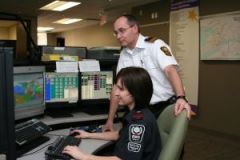
Serves as dispatch and coordination area and is ideally in contact with all other elements of the system. Should be placed on a hill, and has an output of 80-150 watts
|
|
|
Mobile Radios (Transmitter/receiver)
|
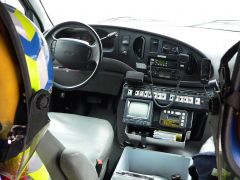
Vehicle mounted devices used to communicate within the EMS system. Has an output of 20-50 watts and can range from 10-15 miles.
|
|
|
Portable Radios
|
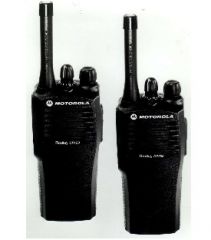
Handheld transmitters useful when out of vehicle. Output from 1-5 watts (may be boosted from a repeater)
|
|
|
Repeater
|
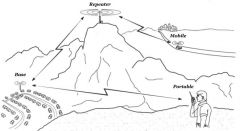
Device that receives transmissions from a source of relatively low power and re-braodcasts them on another frequency at higher power. can be vehicle mounted or fixed.
|
|
|
Who has jurisdiction over all radio communications
|
Federal communication commission (FCC)
|
|
|
How far do you hold the radio from your lips
|
2-3 inches
|
|
|
S-B-A-R
|
Situation
Background Assessment Recommendation |
|
|
Encoding
|
Converting information into a message
|
|
|
Decoding
|
The process of interpreting and translating an encoded message
|
|
|
Clarification
|
Asking more questions or ask the Pt. to repeat the message in order to understand the meaning
|
|
|
Summary
|
Rephrase the Pts message and repeat it back to them in order to gauge if you understood correctly.
|
|
|
Facilitated Communication
|
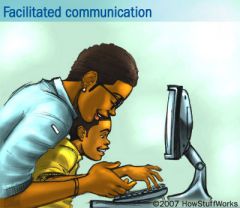
For Pt.'s with sensory or developmental disabilities that require you at act a facilitator.
|

